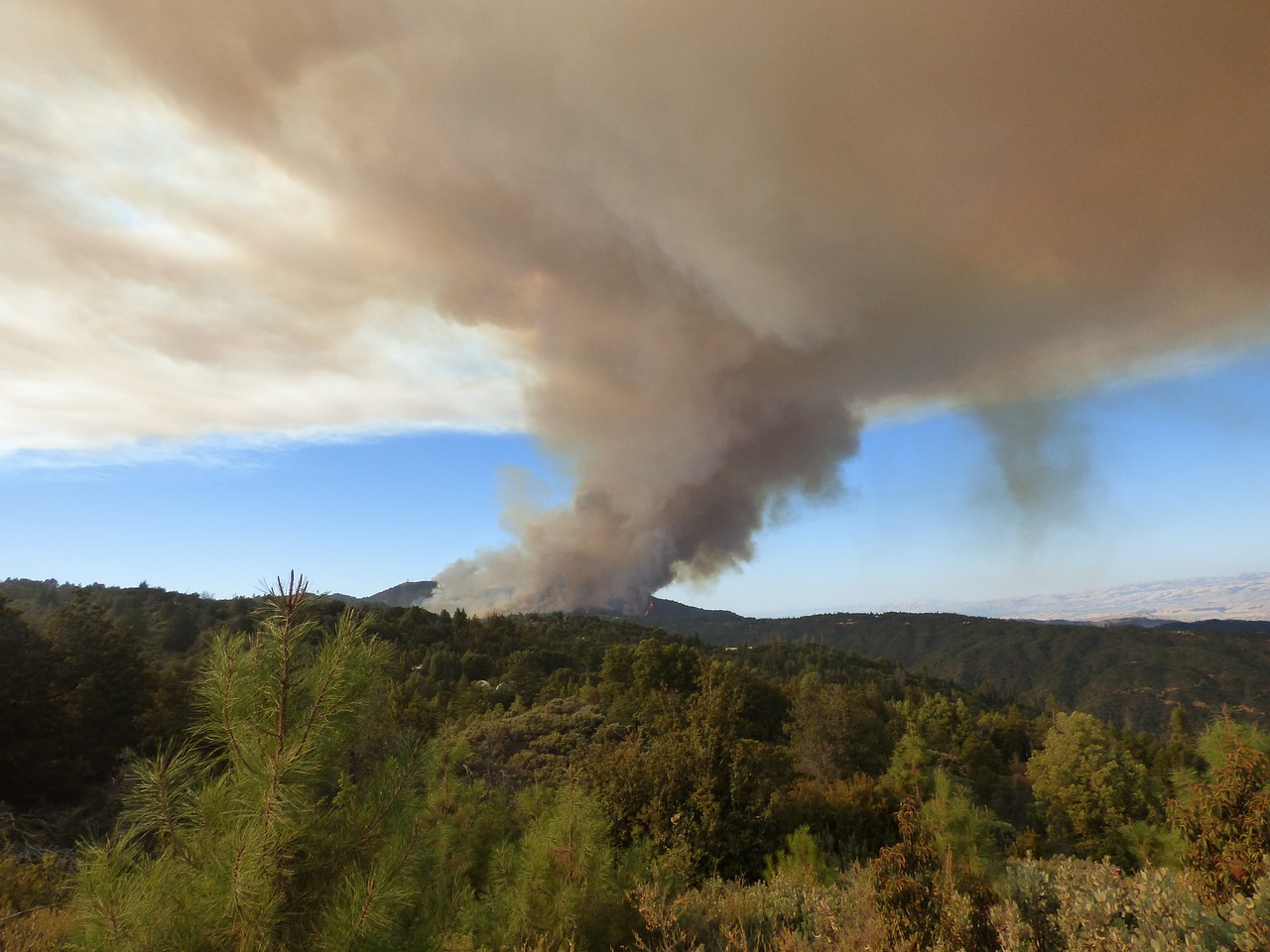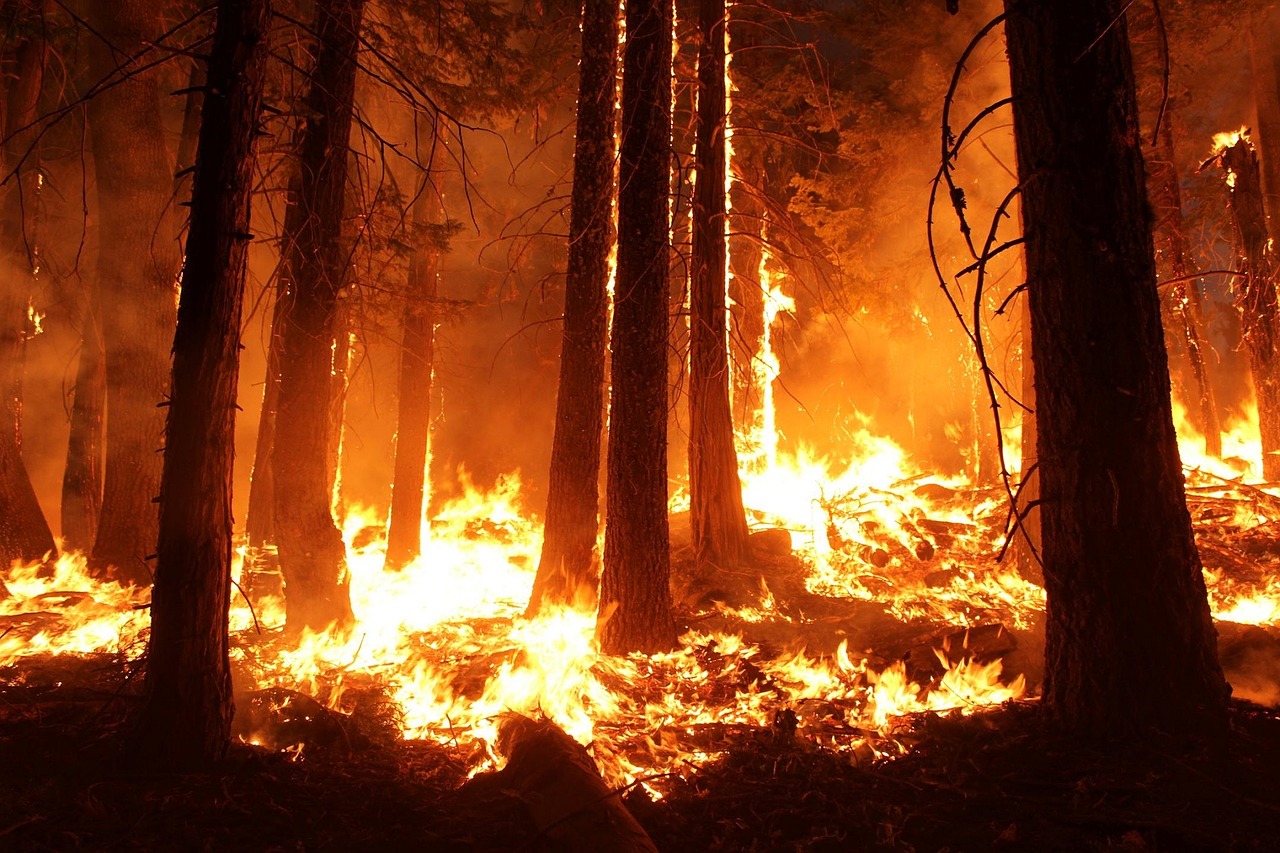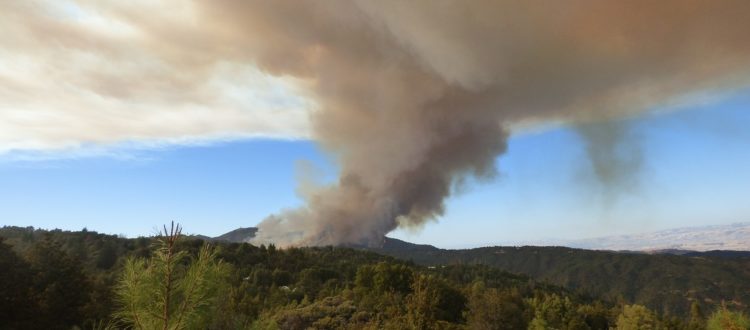The unknown impacts of forest fires
In recent years, and again this summer, forest fires have multiplied. By ravaging thousands of hectares, they have dramatic consequences for the environment, biodiversity, the economy and tourism. But forest fires have other impacts, less known and less relayed by the media. Indeed, smoke plumes also have a heavy health impact. They increase the risk of pollution, cause an increase in the rate of fine particles and a high concentration of pollutants in the atmosphere. And even miles away from fire sites. Zoom on the unknown impacts of forest fires…

Forest fires emit many pollutants
When a forest burns, the plume of smoke that emerges from it consists of a mixture of various components : carbon dioxide (CO2), on the one hand, but also fine particles, carbon monoxide (CO), nitrogen oxides (NOx) or acrolein, formaldehyde and benzene. During or after forest fires, authorities may conduct a measurement of air quality to detect potential health risks. The concentration of particles in the air ambient are closely followed because it is the most worrying. It must be said that it can reach values up to 3 times higher than normal.
In 2002, following violent fires in Canada, the country was hit by smog, a thick fog made up of air pollutants, fine particles and ozone. The level of fine particles then reached 35 μg / m³ with peaks at 100 μg / m³, knowing that the maximum threshold is 27 μg / m³ over 24 hours. This pollution caused by forest fires has all the more impact as it spreads to hundreds or even thousands of kilometers. And it is not without consequences on health…

The health impacts of forest fires
Acrolein, formaldehyde and benzene that can emit fumes form a particularly toxic mixture or even carcinogenic to humans. They explain the significant risks of cancer among firefighters and the diseases they present on long terms. These substances can irritate the eyes and cause disorders of the respiratory system. But fine particles are the compounds with the greatest impact on health. There are two types of fine particles : PM10 (particles less than 10 micrometers) and PM2.5 (particles less than 2.5 micrometers). Because they penetrate deep into the lungs, PM10 causes cardiorespiratory problems : asthma, bronchitis, acute respiratory infections…

In 2002, in Malaysia, when the PM10 particulate matter level reached 400 μg / m³, doctors reported an increase in hospital deaths and admissions due to cardiorespiratory problems. The smoke from fires is irritating and toxic and causes many symptoms: itchy eyes, breathing difficulties, headaches, heart palpitations… The threat is real. However, the health impact of forest fires is still poorly known and few studies can assess their impact on the population.



